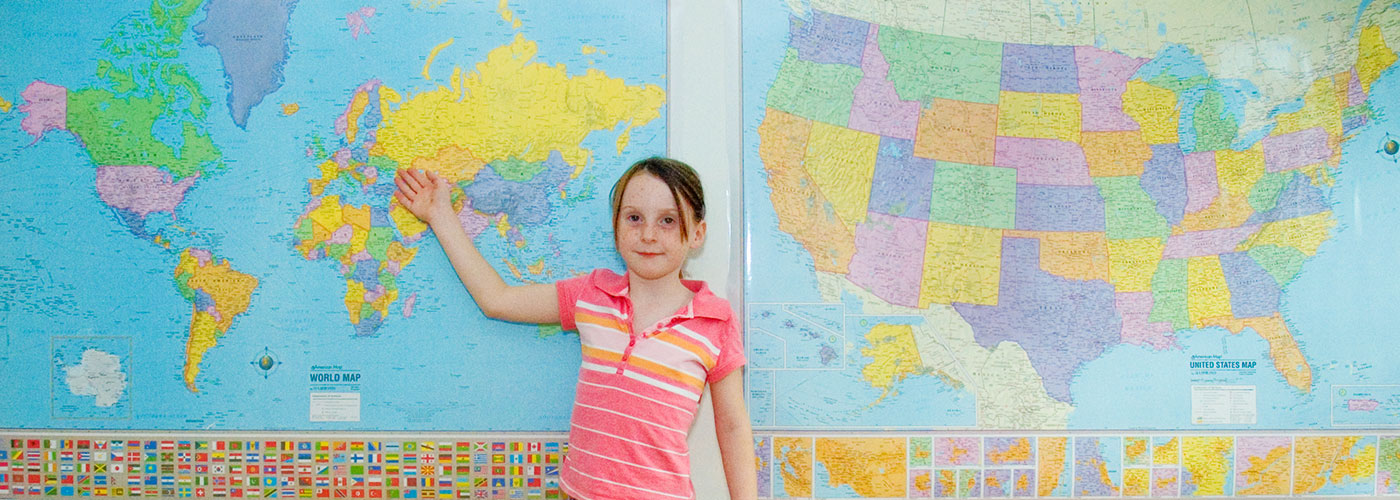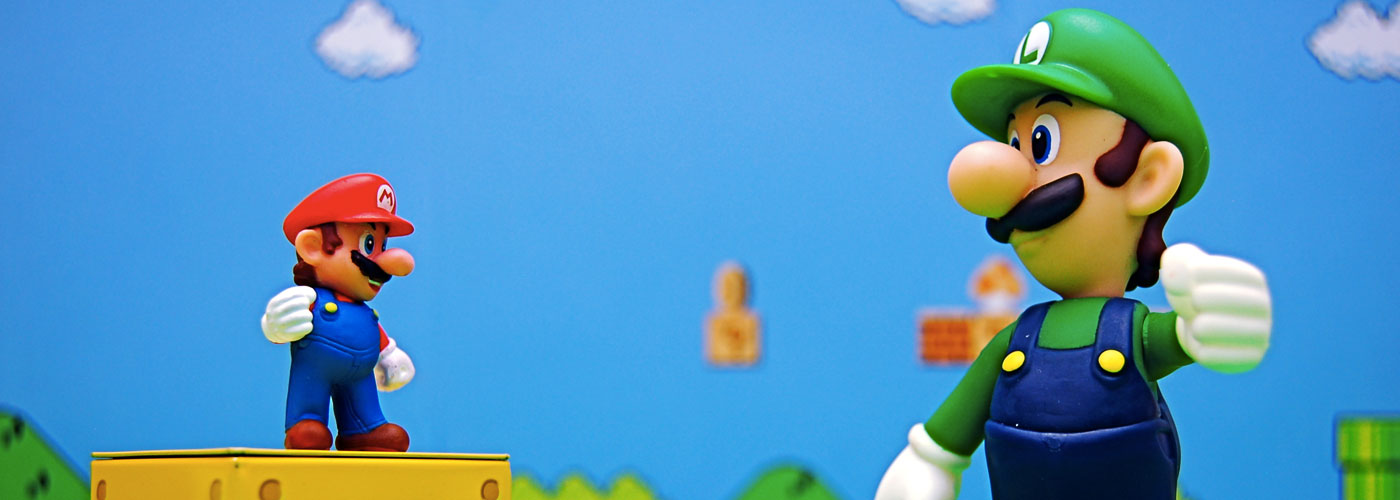It’s often been said that the key to success is being able to handle failure. For example, from Winston Churchill: “Success is stumbling from failure to failure with no loss of enthusiasm.” Or C. S. Lewis: “One fails forward toward success.”
How can educators incorporate this wisdom to produce deeper learning? As many students, teachers and parents will attest, that’s not the way most schools operate, particularly public schools. The pressures on educators to use prescribed materials and teach to the test often leave little scope to allow students the freedom to learn through real-world experiences and to “fail forward.”
This is a big reason why 500,000 young people drop out of high school each year; they feel disengaged and uninspired; they fail to see how school is relevant in their lives.
The flip side is an opportunity. When students are given chances to take learning into their own hands, the results can be impressive. That’s been the experience of an educational program called Build, which makes it possible for low-income students, as part of their high school studies, to work in teams, conceiving, testing, and ultimately operating their own small businesses. In the process, they discover—often to their surprise—their potential to deal with unexpected problems, persist through failure, and create something that the world values.
Build works in partnership with 23 public schools in Boston, Washington, D.C. and the San Francisco Bay Area, and plans to launch a program in New York City next year. It targets students who are perceived to be at risk of dropping out of school. The program begins with a full-credit class in entrepreneurship in ninth grade—a pivotal year that predicts school persistence. The program can end there, or continue through to 12th grade and include after-school advisory meetings with mentors. This year, Build will work with about 1,460 students. So far, schools report that three quarters of the students who complete the ninth-grade course opt to stay with Build through to high school graduation. Last year, Build reports, 84 percent of those students were admitted to a four-year college.
“As important as academics are for kids, that’s not where the treasure is,” said Suzanne McKechnie Klahr, an attorney who founded Build in 1999 in East Palo Alto, Cal., after she helped four Latino high school students start a small business and saw that the process inspired ambitions to improve academically and enroll in college. “Resilience, the ability to overcome obstacles, that’s what matters most. And entrepreneurship might just be the most powerful way to take risks and fail and pick yourself up and try again.”
When students are given chances to take learning into their own hands, the results can be impressive.
Build’s program is designed to be embedded in schools. Its ninth-grade course is taught by a teacher and meets every day during regular hours. One day a week it also meets after school, when students receive additional help from volunteer mentors, typically local business people. From 10th grade on, the students develop and run their businesses exclusively after school hours, with guidance from Build teachers and mentors. Build’s new school partners are now locating designated rooms as “youth business incubators.”
The course is not a simulation. Students, in teams of four or five, divide up responsibilities, conceive a product, design it and produce a prototype. They write a business plan, create budgets, do market analysis, think about promotion and customer service.
“The curriculum ties literacy with mathematics with public speaking and the ability to argue,” says Alexander Laser, an English teacher, who instructs the course at Eastern Senior High School, in Washington, D.C. “It ties together the pieces of the common core to a real world situation. And there’s almost childlike excitement, because the students are not just doing it for a grade. They have this goal of a real outcome, either financially or just contributing to society.”
The 14-year-olds come up with neat ideas: “Lock-It” socks that attach with buttons so you never lose one in the drier; teddy bears with hidden pockets (to keep cell phones out of the hands of siblings); bracelets with motivational slogans, made from melted toothbrushes; a pen that can hide gumballs for clandestine consumption.
Once the students have made progress with their business plans, they make pitches to venture advisers, who are frequently professional investors. “They have to ask for startup money,” said Diane Burbank, the principal of Woodside High School, in Woodside, Cal. (The typical seed financing ranges from $50 to $250, repayable without interest to Build out of proceeds from sales.) “They determine how much money they need. Everybody in the team speaks. They do the “ask” or pitch and they’re called back in and we give feedback. If we don’t grant the full amount, why not?”
The stakes are real. “Sometimes, they’re completely deflated,” said Klahr. “But the older kids who’ve been successful will tell them that the first six iterations of their product failed.”
Later, they have opportunities to sell products in the community or at holiday bazaars or other events organized by Build. And the learning continues. “Some kids discover they’re selling their product for less than their costs,” added Klahr. “Or they thought it would be popular but hadn’t done a survey, and find out it doesn’t sell.”
Along the way, the students pick up soft skills: how to dress professionally, how to create a meeting agenda, how to give a firm handshake. And, crucially, they learn how to ask for help from adults when they need it. (Build has recently instituted a tool to assess student growth in six areas that researchers say are critical to life success: collaboration, communication, problem solving, innovation, grit and self-management.)
The process helps students gain a genuine feeling of competence, says Burbank. “Students that don’t as a matter of course think ‘I’ll make a PowerPoint presentation for my social studies class’ now have that expertise. The first-year course has a huge ripple effect on the rest of their schooling.”
“I’ve seen students who were too shy to answer a question in class standing up in front of a panel of strangers and giving a complex presentation,” added Mr. Laser, the English teacher.
And, of course, if the businesses are successful, they get to keep the profits.
Herbert Castillo, a graduate of Woodside High School who is now a senior at Babson College in Wellesley, Mass., told me that Build changed his life. He and his parents came to the United States as political refugees from El Salvador in 1995. “Before Build the idea that I would go to college was very loose,” he said. “It was hard to imagine.”
When he entered ninth grade, his main concern was just getting through English and math. Then he learned that his team had to come up with a business plan. “At the time it was so daunting,” he said. “A 35-page business plan, with market analysis, and we were going to have to pitch it to investors.”
Step by step, they figured it out, with encouragement and advice. They ended up deciding on a business selling “eco-scarves” fashioned from organically grown cloth and dyes. They found a company to supply the cloth, and approached residents of a retirement home in Menlo Park, who were pleased to sew hems at the rate of $3.50 per scarf. With a unit cost of $6, they discovered they could sell the scarves for $18. By the time they graduated, the team had earned a few thousand dollars, said Castillo, making them one of Build’s most successful businesses.
The money wasn’t the most important thing, he added. “I learned that there are ways to study, to communicate, to organize yourself,” he said. “Those tools helped me succeed in high school and college. But the biggest thing was that I became confident that if you have an idea and you work positively with others, you can create something powerful.”
Natalee Branham, who attended a Maya Angelou Public Charter School in Washington, D.C., and is now a senior at Drew University in Madison, N.J., credits the program for turning her away from a negative path that included a serious disciplinary infraction. In Build, she got excited when her team saw a market opportunity after Washington, D.C. passed an ordinance mandating a 5-cent charge for plastic shopping bags.
They created “WeGo Friendly” eco-friendly shopping bags, worked up designs, bought bags in bulk, purchased a hand press, and found they could do customized orders. “My group’s proudest moment is when the Mintz Levin law firm ordered 200 bags,” she recalled.
For Branham, the biggest gain was learning how to work in a team. “I was the C.E.O. Our V.P. of marketing and sales drew up a design that I didn’t like and, I was like, ‘No, we’re not doing that!’ I just went home and redid the design with my grandmother. People were very upset. I learned that I couldn’t handle decisions that way.”
Rachel Skerritt, the former chief of staff for the Boston Public Schools, who is now principal of Eastern Senior High School, in Washington, D.C., said that two of the keys to Build’s results is that it provides a structure to reinforce rigorous instruction, and gives students an opportunity to make strong, positive connections at the beginning of high school. “They develop relationships with each other,” she said. “It’s the first time they’re really sharing an academic responsibility around a common purpose.”
Build’s experiential learning model is worth attention at a time when schools need to adapt to new educational challenges — to prepare students who can work in teams and be flexible, life-long learners.
One limitation is that the model is not cheap; another challenge is maintaining quality as the program grows. Build’s current cost per student, $6,500 per year, is supported primarily by philanthropy. The organization plans to serve 14,000 students per year in ten cities by 2023 and, over time, cut the cost in half. Still, Build’s president, Chuck Salter, says it would be far too expensive for Build to conduct its own programs everywhere they are needed. Instead, it hopes to inspire broad acceptance of its methods, and serve as a model and resource center. “We know that our future and our biggest impact will come through demonstration and teaching others to do what we do,” he said.
Natalee Branham shares the vision. “Honestly, I think this program is right for every kid like me — inner city school kids who don’t have much to look forward to,” she said. “When we got to go to our office and work on our product, our sales pitch, our marketing strategy, I had something to look forward to every day.”
“Kids are not pushed as much as they need to be,” she added. “Build allows students to see that there’s so much more out there they could do.”
This post first appeared on the New York Times Fixes blog. Join Fixes on Facebook and follow updates on Twitter. To receive e-mail alerts for Fixes columns, sign up here.



